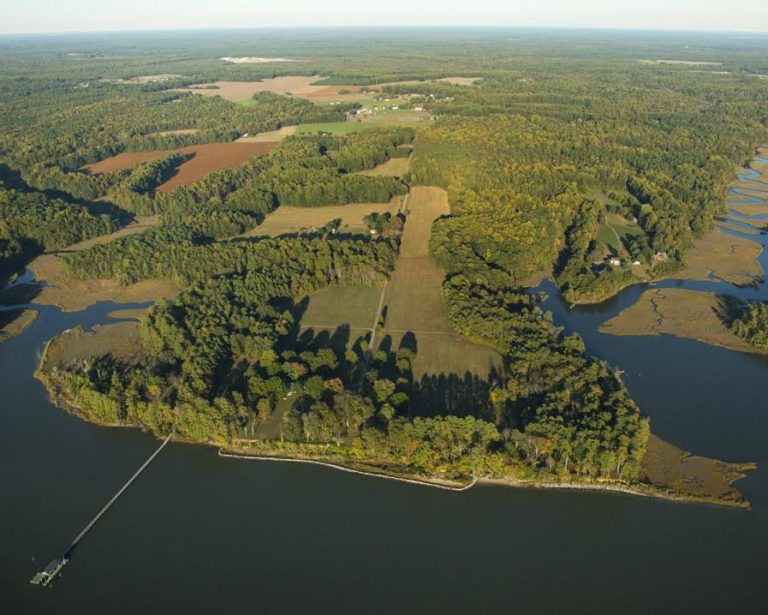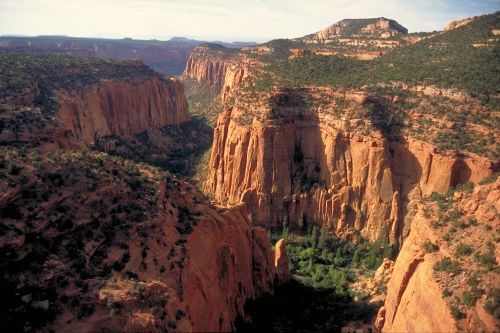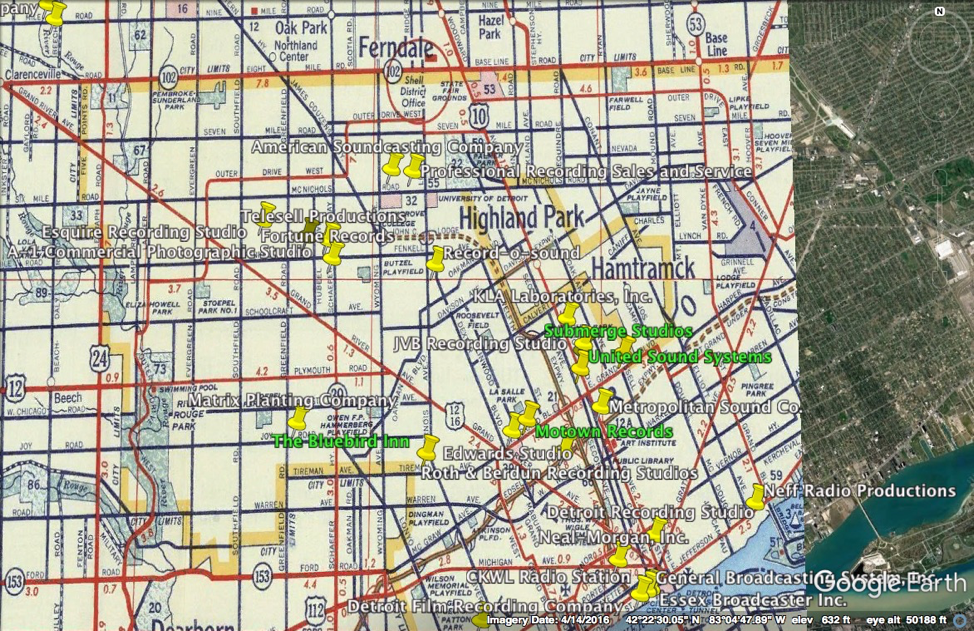To provide observations and information on the emerging fields of landscape scale conservation, heritage preservation, and sustainable community development.
Newsletter
Stay up-to-date with the latest nature, culture and community news.
We won’t spam you or share your information. Newsletters are sent approximately 10 times a year. Unsubscribe at any time.
1981 and 2017: What Can We Learn?
Flagging Sites of Universal Value

Protecting America’s Long Trails
October, 2018, marks the 50th anniversary of two remarkable federal laws: the National Trails System and Wild and Scenic Rivers Acts. Both laws set up ways that the federal government can assist in protecting and operating “long, skinny corridors” for recreation and heritage resource preservation. The key to the success of these corridors across the landscape and along our waterways has always been partnerships. Federal agencies working with private citizens and dedicated volunteers, have created irreplaceable links to our cultural and natural heritage.

Behind the Scenes of the Legislative Process
For this month’s Featured Voice interview, we talk with Don Hellmann, the former Assistant Director for Legislative and Congressional Affairs for the National Park Service. Hellmann ended his 40-year career working with Congress at the beginning of 2017. He spent the last 22 years with the NPS. In the interview, Hellmann provides insight into how the NPS legislative agenda changed over time as well as background on especially memorable bills, including Public Law 104-333, which addressed the future of the Presidio of San Francisco.

Edward Abbey: Seer in the Desert
Re-reading Edward Abbey’s 1968 classic Desert Solitaire, brought some new revelations beyond his lyric descriptions of the desert landscape and sketches of its memorable characters. The book offers some predictions and recommendations for the future of western rivers, National Parks and wilderness. So what were three of his most compelling observations?

What is in a name? The National Monument Version
National Monuments were once an obscure protected area designation. Today they are the big story in major news outlets. Reporters are struggling with names likes Bears Ears, Grand Staircase – Escalante, and Papahānaumokuākea Marine National Monument. What put these places in the headlines was the new administration’s signature on an Executive Order authorizing a review all National Monuments designated since January 1, 1996 and specifically those over 100,000 acres. The rush is on to learn more about national monuments.

Looking for Detroit’s Urban Landscape: My Experience on the George Wright’s 2016 Park Break
Detroit is a place indelibly marked by the highest highs and the lowest lows of American history. Its crumbling buildings and forgotten factories are the tangible evidence of economic booms and busts, the rise and decline of American manufacturing, and the after-effects of WWII, the Cold War, the Vietnam War, racism and classism, as well as decades of local mismanagement and corruption. It also has a rich urban cultural heritage that is still visible on the landscape, if you look closely enough. Read about one student’s experience seeking this heritage as part of the George Wright Society’s Park Break program, which in 2016 focused on implemtning the National Park Services Urban Agenda.

Protecting America’s Long Trails
October, 2018, marks the 50th anniversary of two remarkable federal laws: the National Trails System and Wild and Scenic Rivers Acts. Both laws set up ways that the federal government can assist in protecting and operating “long, skinny corridors” for recreation and heritage resource preservation. The key to the success of these corridors across the landscape and along our waterways has always been partnerships. Federal agencies working with private citizens and dedicated volunteers, have created irreplaceable links to our cultural and natural heritage.

Behind the Scenes of the Legislative Process
For this month’s Featured Voice interview, we talk with Don Hellmann, the former Assistant Director for Legislative and Congressional Affairs for the National Park Service. Hellmann ended his 40-year career working with Congress at the beginning of 2017. He spent the last 22 years with the NPS. In the interview, Hellmann provides insight into how the NPS legislative agenda changed over time as well as background on especially memorable bills, including Public Law 104-333, which addressed the future of the Presidio of San Francisco.

Edward Abbey: Seer in the Desert
Re-reading Edward Abbey’s 1968 classic Desert Solitaire, brought some new revelations beyond his lyric descriptions of the desert landscape and sketches of its memorable characters. The book offers some predictions and recommendations for the future of western rivers, National Parks and wilderness. So what were three of his most compelling observations?

What is in a name? The National Monument Version
National Monuments were once an obscure protected area designation. Today they are the big story in major news outlets. Reporters are struggling with names likes Bears Ears, Grand Staircase – Escalante, and Papahānaumokuākea Marine National Monument. What put these places in the headlines was the new administration’s signature on an Executive Order authorizing a review all National Monuments designated since January 1, 1996 and specifically those over 100,000 acres. The rush is on to learn more about national monuments.

Looking for Detroit’s Urban Landscape: My Experience on the George Wright’s 2016 Park Break
Detroit is a place indelibly marked by the highest highs and the lowest lows of American history. Its crumbling buildings and forgotten factories are the tangible evidence of economic booms and busts, the rise and decline of American manufacturing, and the after-effects of WWII, the Cold War, the Vietnam War, racism and classism, as well as decades of local mismanagement and corruption. It also has a rich urban cultural heritage that is still visible on the landscape, if you look closely enough. Read about one student’s experience seeking this heritage as part of the George Wright Society’s Park Break program, which in 2016 focused on implemtning the National Park Services Urban Agenda.


